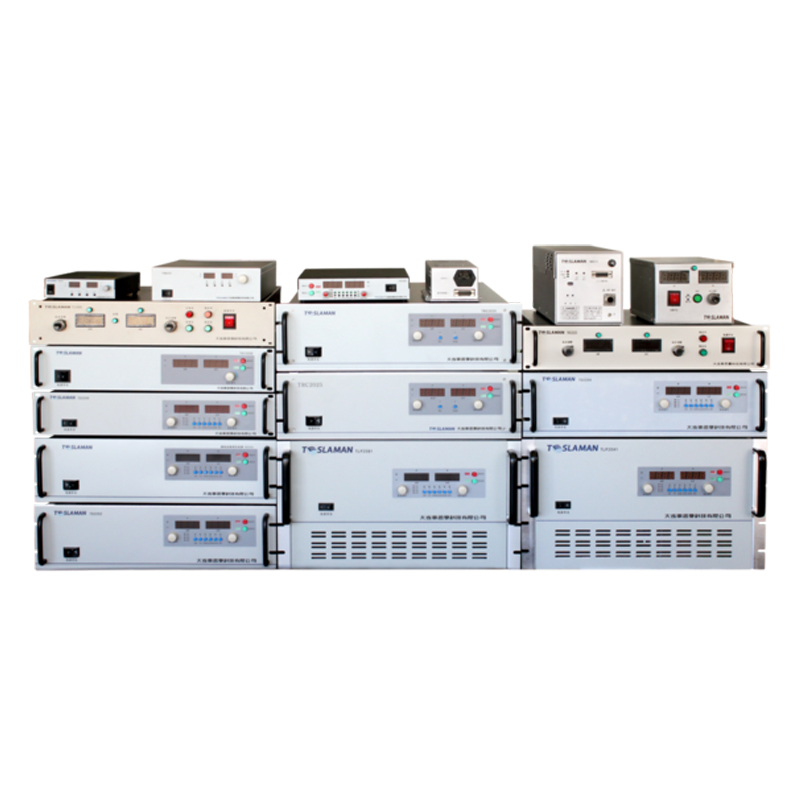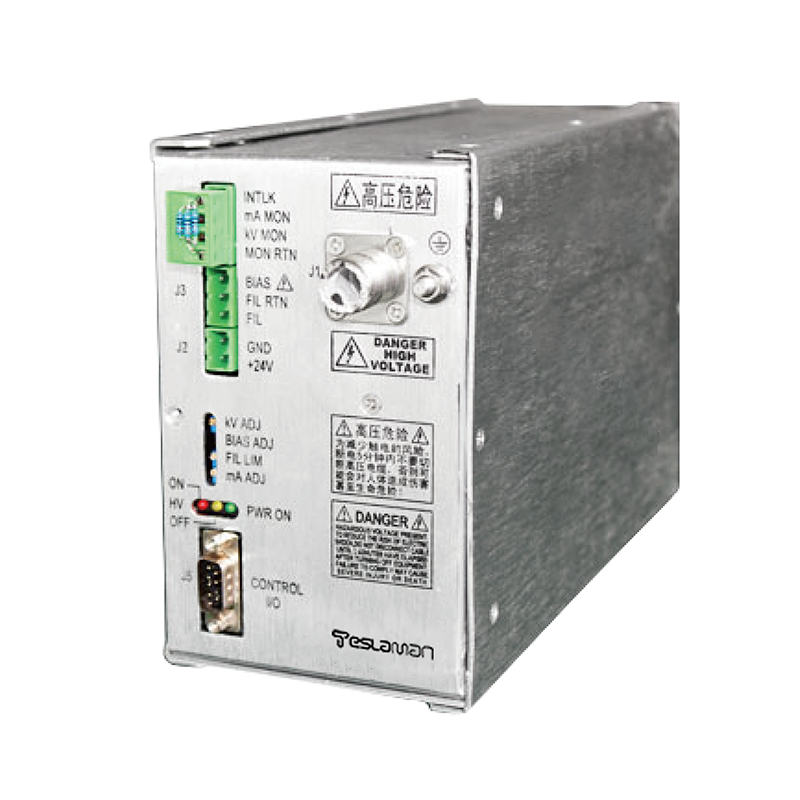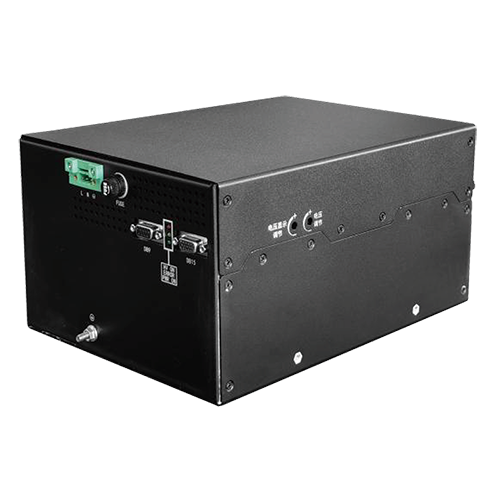The Important Application of Nanosecond Pulse Power Supply in Physical Experiments
In today's field of physical experiments, nanosecond pulse power supplies are playing a crucial role. With its unique performance characteristics, it provides a powerful tool for scientists to explore the mysteries of the physical world.
One of the outstanding features of nanosecond pulse power supplies is their extremely short pulse time. Within the nanosecond level, the power supply can output high-energy pulse current or voltage. This instantaneous high-energy release is indispensable for many physical experiments. For example, in plasma physics research, nanosecond pulse power supplies can generate high-intensity electric fields for exciting and controlling plasmas. Plasma is the fourth state of matter and has many unique physical properties. In-depth research on it helps us better understand various phenomena in the universe, such as nuclear fusion reactions inside stars and the interaction between solar wind and the earth's magnetic field. Precise control of the generation and evolution of plasma through nanosecond pulse power supplies can provide key experimental conditions for these studies.
In the field of materials science, nanosecond pulse power supplies also have extensive applications. The electrical, optical, and magnetic properties of materials often change on an extremely short time scale, which can reveal their microscopic structures and physical mechanisms. Nanosecond pulse power supplies can be used for transient electrical testing of materials, such as measuring the changes of parameters such as the dielectric constant and conductivity of materials within the nanosecond time range. In addition, it can also be used to excite nonlinear optical effects in materials, such as second harmonic generation and four-wave mixing. These effects are of great significance for the development of new optical materials and devices.
In high-energy physics experiments, nanosecond pulse power supplies also play an important role. For example, in particle accelerators, pulse power supplies need to provide high voltages to the accelerating electrodes in an extremely short time to accelerate particles to extremely high energies. The fast response and high stability of nanosecond pulse power supplies can meet the strict requirements of particle accelerators for power supplies. At the same time, in some high-energy physics experiments, pulse power supplies are needed to generate strong magnetic fields to control the movement trajectories of particles. Nanosecond pulse power supplies can provide instantaneous high magnetic fields and provide precise magnetic field environments for experiments.
In addition to the above fields, nanosecond pulse power supplies also have important applications in laser physics, biomedical physics and other fields. In laser physics, pulse power supplies can be used to drive lasers to generate high-power, short-pulse laser beams. This kind of laser beam has a wide range of applications in material processing, medical diagnosis and treatment, scientific research and other aspects. In biomedical physics, nanosecond pulse power supplies can be used for the detection and stimulation of bioelectrical signals and electroporation experiments of cells and tissues. These experiments are of great significance for studying the electrophysiological characteristics of biological systems and developing new medical technologies.
However, the application of nanosecond pulse power supplies also faces some challenges. First, due to the extremely short pulse time, the design and manufacture of power supplies require extremely high technical levels. It is necessary to precisely control the shape, amplitude and time characteristics of the pulse to meet the requirements of different experiments. Secondly, nanosecond pulse power supplies will generate strong electromagnetic interference when working, which may affect experimental equipment and measurement systems. Therefore, effective electromagnetic shielding and anti-interference measures need to be taken to ensure the accuracy and reliability of experiments. In addition, the cost of nanosecond pulse power supplies is relatively high, which also limits its wide application in some experiments.
Despite these challenges, the importance of nanosecond pulse power supplies in physical experiments cannot be ignored. With the continuous progress of technology, it is believed that the performance of nanosecond pulse power supplies will continue to improve, the cost will gradually decrease, and its application fields will continue to expand. In future physical experiments, nanosecond pulse power supplies will continue to provide strong support for scientists to explore the unknown physical world.
In conclusion, nanosecond pulse power supplies play an important role in physical experiments with their unique performance characteristics. It provides key experimental conditions for research in fields such as plasma physics, materials science, high-energy physics, laser physics and biomedical physics. Although there are some challenges in the application process, with the continuous development of technology, nanosecond pulse power supplies will surely play a more important role in physical experiments.




















